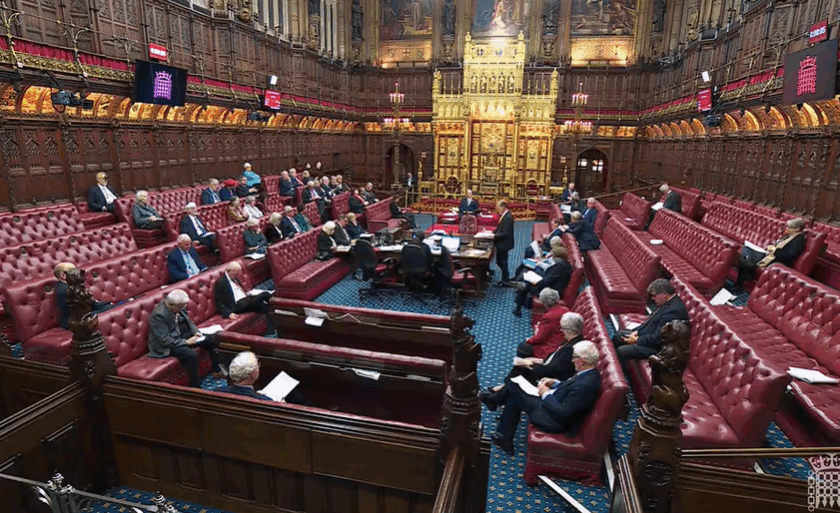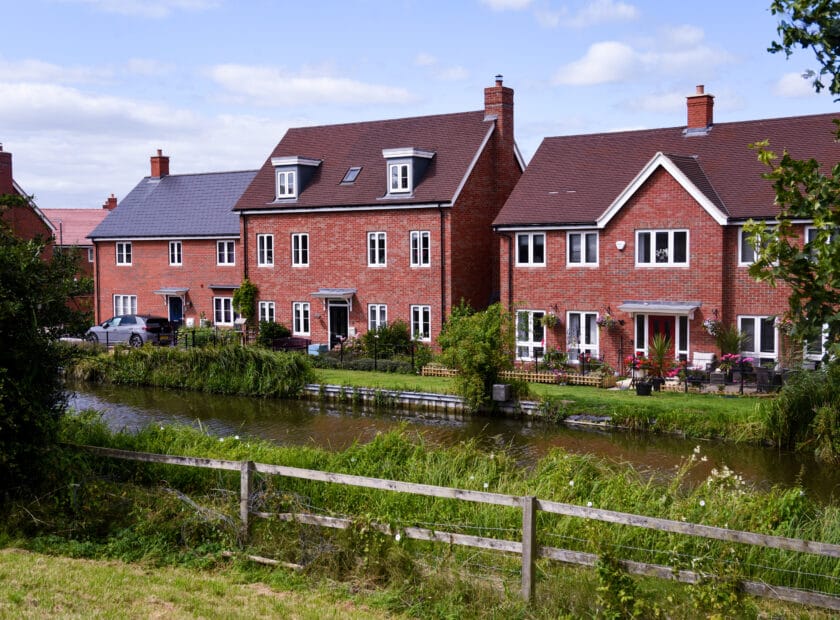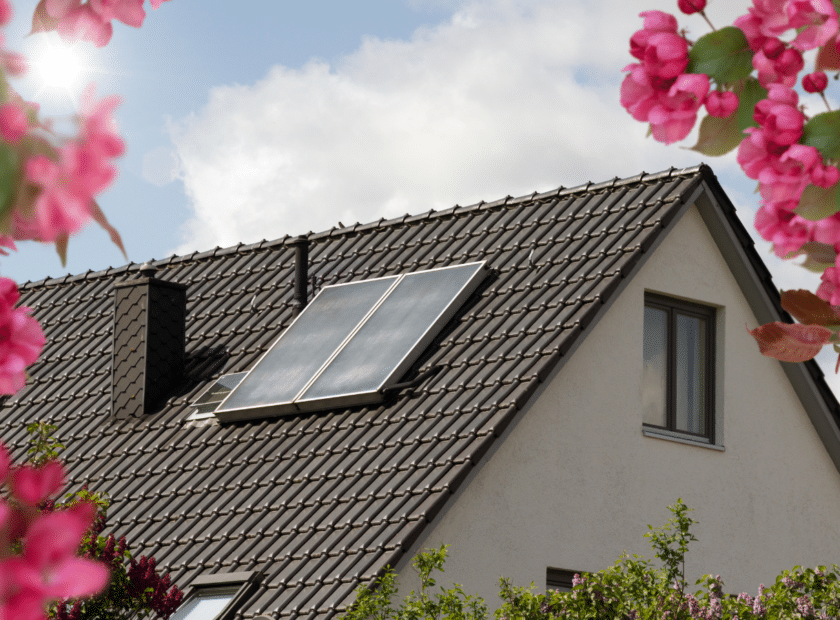When was the last time you saw chalk on the pavement near your home?
On the International Day of Play[1], a recent post on LinkedIn has me pondering this question. The post pointed out that seeing chalk, doodles, a starting line or maybe a hopscotch on pavement and street surfaces near homes is a sign that “something is going right” – that children are present, outside, playing, hanging out and perhaps most importantly, feel safe and welcome in the street.
Seeing chalk or a hopscotch on pavement and street surfaces near homes is a sign that “something is going right”.
Play is an essential part of every child’s life and is vital for their enjoyment of childhood as well as for their social, emotional, intellectual and physical development. In short, play is how human young learn and develop well.
Through play, children build key socialisation, creativity, decision-making and risk management skills. Access to outdoor play is particularly crucial, improving the physical architecture of the brain, fostering physical activity, which is essential in developing physical literacy, combating childhood obesity and supporting mental health.
Time, space and permission to play are enabling factors, as well as being able to mix with other children. However, many children in England face barriers to accessing safe play space, with research showing that free, outdoor play has fallen to its lowest level ever, with now only one in four children playing outside regularly compared to their grandparents’ generation where almost three-quarters played outside on a regular basis[2].
Many children in England face barriers to accessing safe play space; free, outdoor play has fallen to its lowest level ever.
Too often when we think about play in a planning context, we default to thinking about structured activity and providing spaces that are designated and equipped. Whilst play parks are important assets for any neighbourhood, the doorstep and immediate street is also critical, and importantly, daily space for children to play.
Accessible, safe street space is the most inclusive thing we could do to make places more child-friendly, meaning we need to grapple with car and parking centric design, so that children can, as the theme of the 2025 International Day of Play says, choose play- every day.
Accessible, safe street space is the most inclusive thing we could do to make places more child-friendly, meaning we need to grapple with car and parking centric design.
Changing existing spaces and building new ones to reflect this opportunity for children and play does not need to be expensive. Simple changes, reallocation of space, even temporary take-overs through events like play streets[3] can be transformative for children, and also communities in terms of re-thinking the purpose of the spaces on our doorsteps for health, wellbeing and happiness.
If you would like to read more about play and the built environment, it is covered in the report, Raising the healthiest generation in history – why it matters where children and young people live. The TCPA, along with partners, continues to promote and work to embed the rights, needs and voice of young people into planning and place-making.
[1] International Day of Play | United Nations
[2] Children Today 62% Less Likely To Play Out Than Baby Boomer Grandparents
[3] See the work of Playing Out




